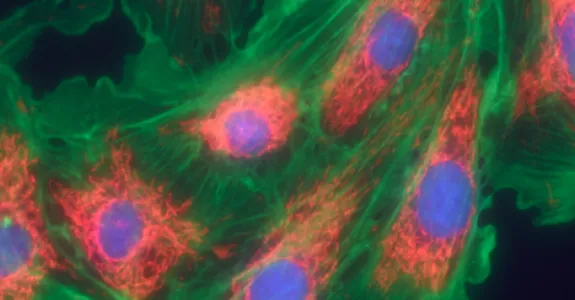
Fibrotic diseases is a cover term coined by Dr. Gerlinde Wernig's laboratory to address complications of the excessive scarring of fibrous tissue. They occur when fibroblasts – a critical component of the structural tissue of the body – proliferate and include, but are not limited to lung fibrosis, kidney and liver fibrosis, scleroderma, bone marrow fibrosis, wound healing and surgical adhesions. Despite fibrotic diseases being life-threatening – the mortality rate of some are higher than that of cancer – current treatments are ineffective and/or entirely nonexistent.
The Wernig lab's mission is to identify new targets for treatment through uncovering the underlying mechanisms of inflammation and fibrosis. They seek to understand how fibroblasts crosstalk with one another, with the immune system, and with epithelial and mesenchymal cells. By integrating single-cell transcriptional profiling, next-generation shotgun proteomics with mass cytometry and chromatin studies of patient-derived primary tissues in combination with in vivo modeling of fibrotic disease in mice, the lab gains insight into the pathophysiology of fibrotic diseases. They employ immunotherapy combined with small molecules in order to manipulate signaling pathways at the transcriptional level to disrupt pro-fibrotic cell function and fate. The transcriptional networks that the Wernig lab studies play key roles in fibrotic disease, metabolism, bone physiology, cancer, and immunology. Understanding them will provide the critical foundation to translate findings into immunotherapies and clinical practice for fibrotic diseases.





